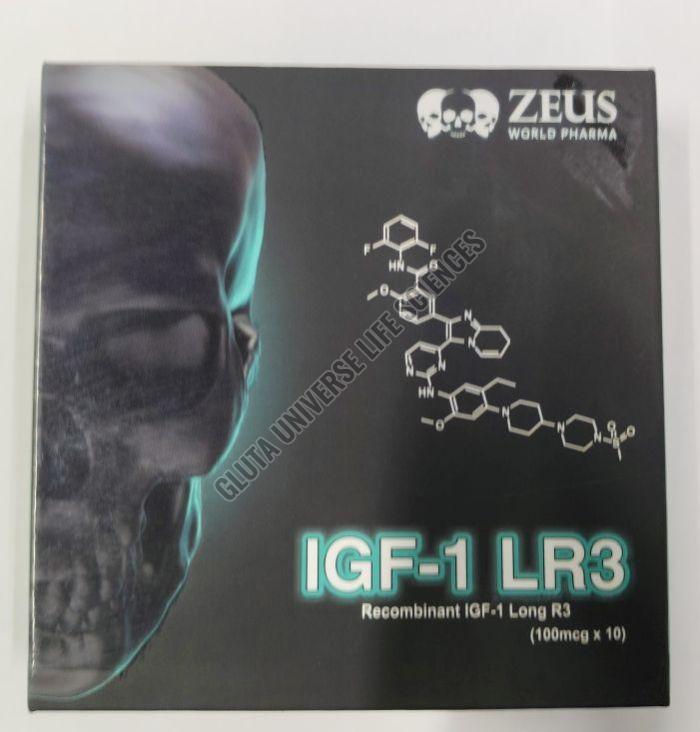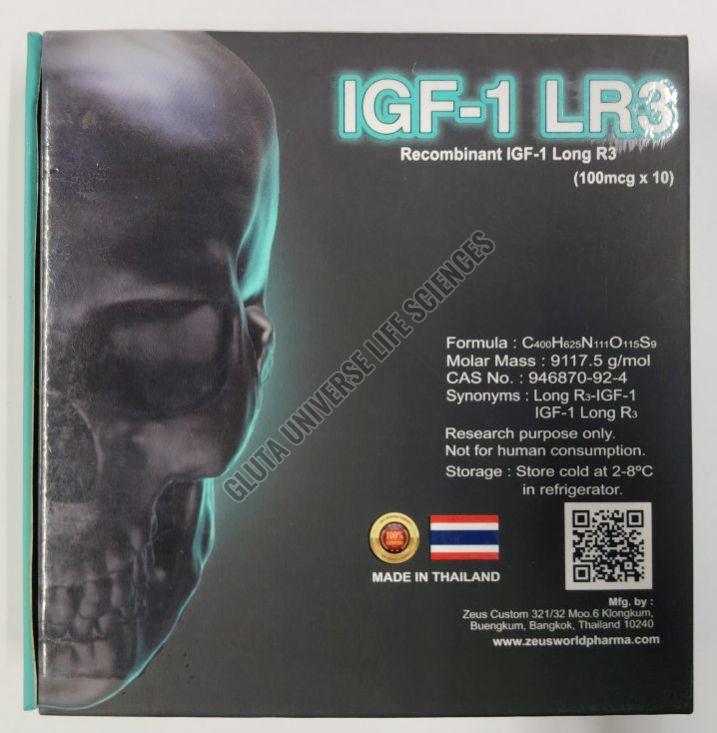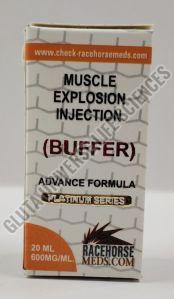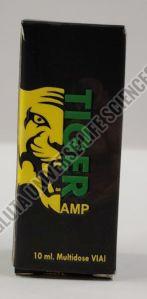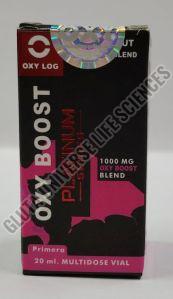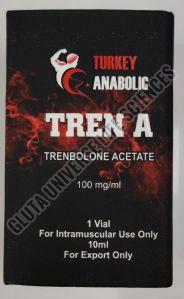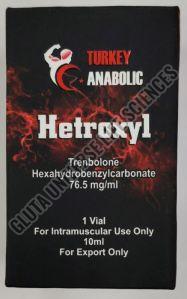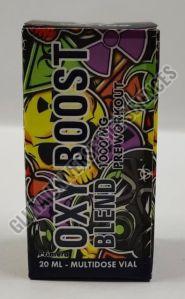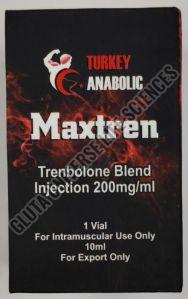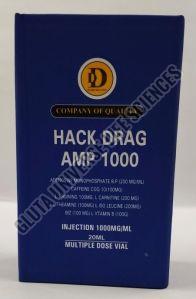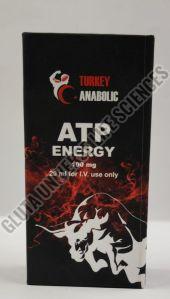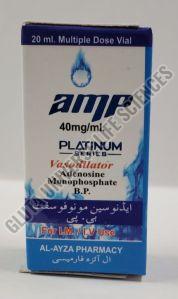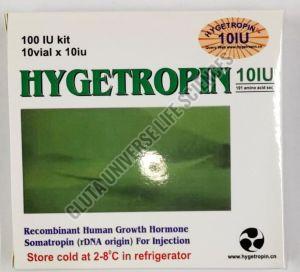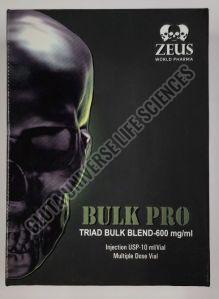- View Mobile Number
- GST NO. : 06ABCFG3165B1ZW
| Business Type | Supplier, Trader |
| Country of Origin | India |
| Medicine Type | Allopathic |
| Packaging Type | Box |
| Click to view more | |
Preferred Buyer From
| Location | Anywhere in India |
Product Details
Insulin-like-growth-factor-1 (IGF-1) also goes by the moniker Somatomedin C, and it’s one of the most-talked-about peptides on the market, with a slew of positive and negative user experiences.
IGF-1 came onto the scene in the late 1990s, with Dorian Yates, the former Mr. Olympia fueling speculation among his fans that the champ used the drug as part of his competition stack to gain his mass monster size for the show.
Back then, IGF-1 was an expensive drug and only available to pro bodybuilders that could afford it through their private sponsors. It’s important to note that IGF-1 is not in the class of Anabolic Androgenic Steroids (AAS).
IGF-1 is a polypeptide, also known as a protein hormone, with a similar chemical structure to the natural hormone insulin produced in the pancreas and liver. The body naturally produces IGF-1 in the liver, stimulated by the release of human growth hormone (HGH).
Essentially, HGH acts as a precursor hormone to the development of IGF-1. As a result, many of the anabolic effects of HGH come from a downstream effect of IGF-1 production. The polypeptide IGF-1 is around the same size molecule-wise as insulin, containing a chemical structure of 70 amino acids.
IGF-1 provides a nutrient-shuttling effect to the muscular system, and it’s one of the most anabolic hormones available in the human body, affecting muscle, bone, organ, and ligament tissue development.
IGF-1 has a considerable growth effect on the body, especially during childhood, where it’s essential for childhood development. IGF-1 attaches to two receptors in the body, namely the IR (Insulin Receptor) and IGF-1R (Insulin-like-Growth-Factor-1 Receptor).
To get technical, IGF-1R presents on the surface of cells in most tissues. When it binds to IGF-1R, the peptide initiates a process of intracellular signaling, specifically via the Akt pathway, stimulating growth. IGF-1 is one of the strongest activators of the Akt signaling pathway.
Some of the effects on our physiology involved with stimulation of the Akt pathway include the following.
Enhanced protein synthesis.
Improved cell survival.
Better angiogenesis.
An increase in glycogen synthesis.

